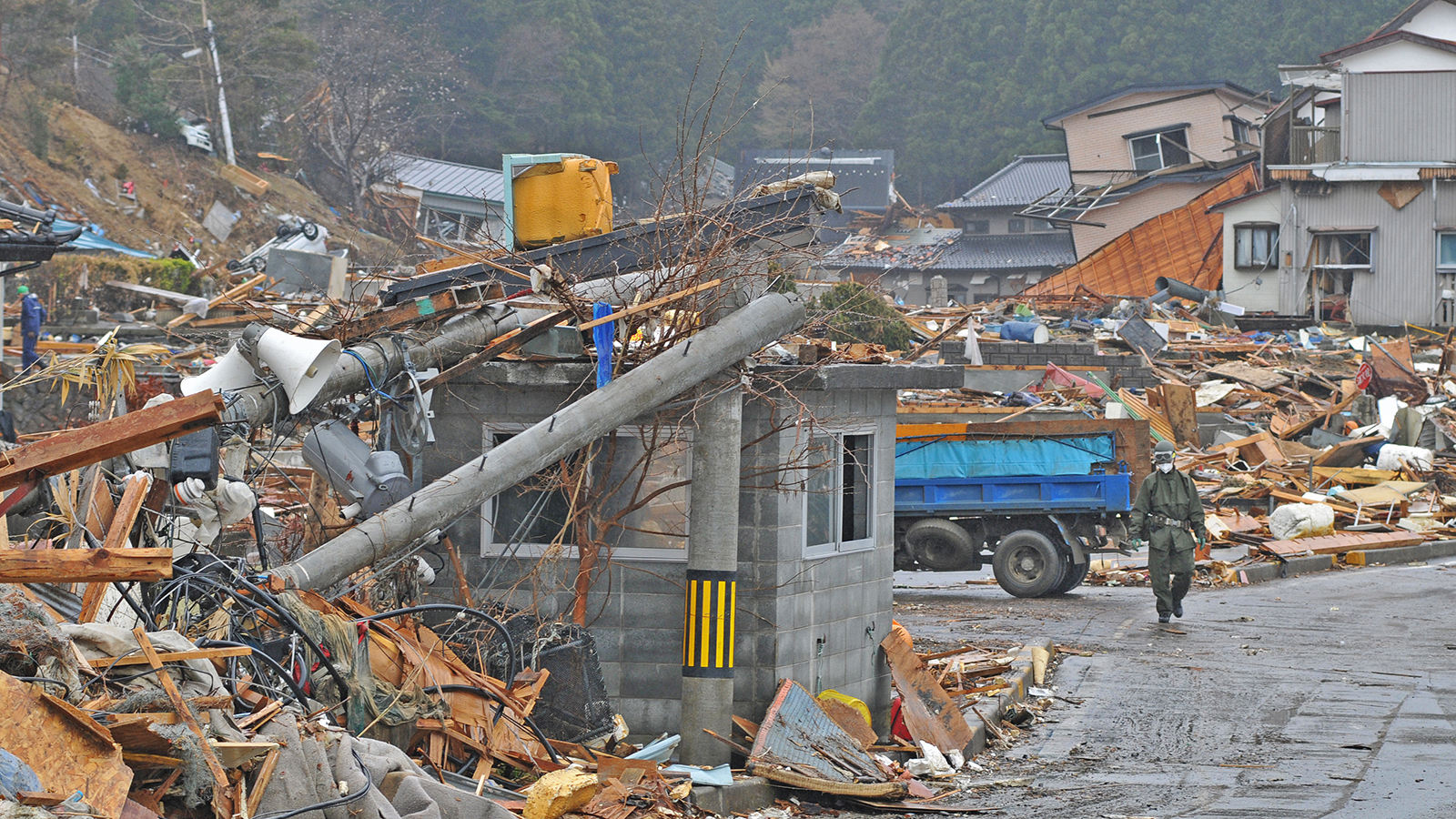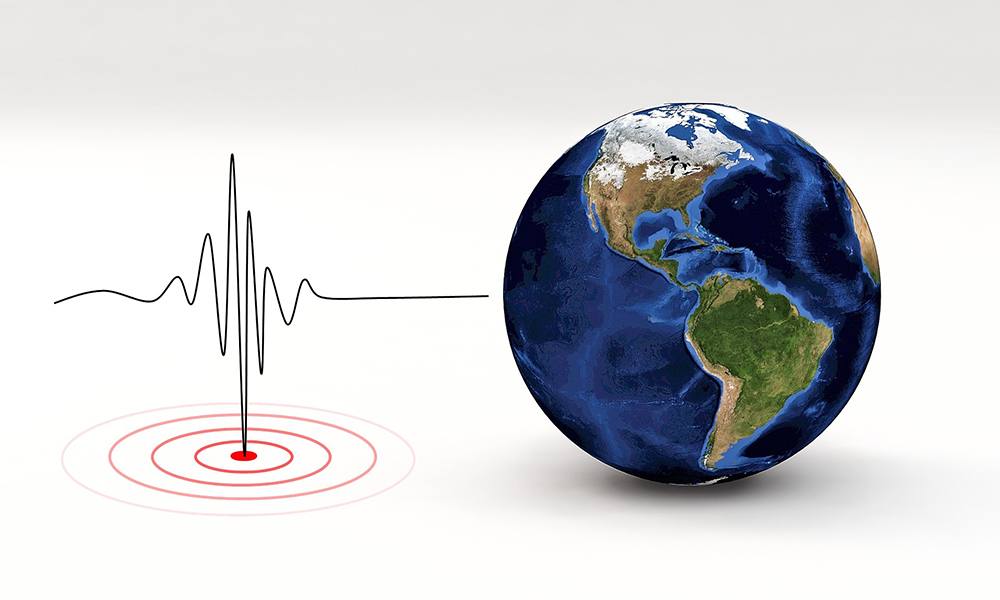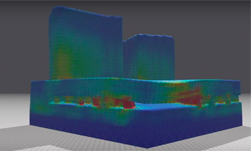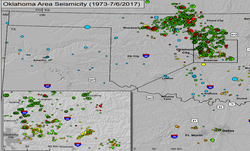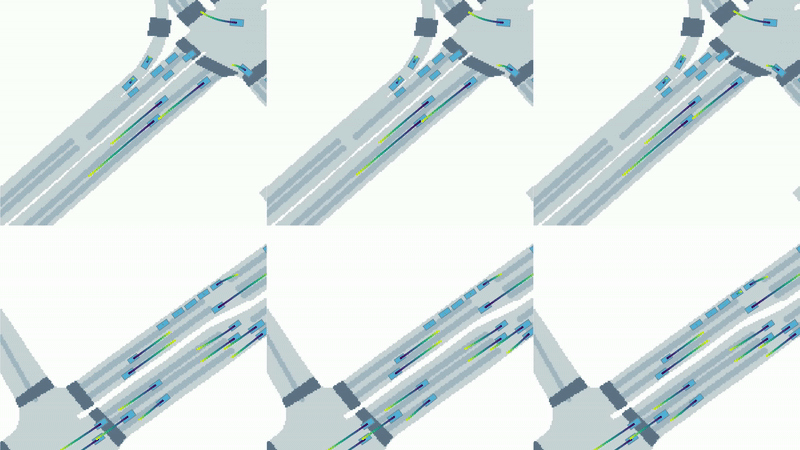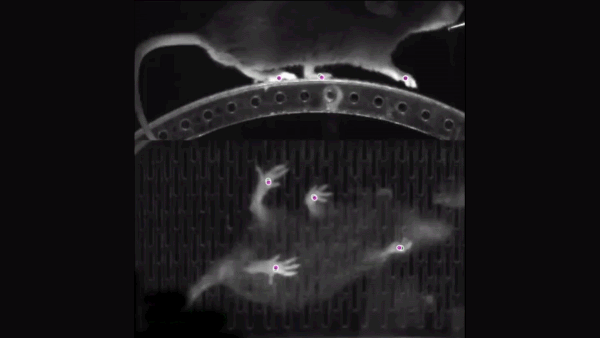Virtual seismology has only been around for a few years, and it has already had a significant impact on earthquake monitoring.
Historically, seismic phase picking—the task of annotating seismograms with seismic wave arrival times that underpins earthquake monitoring operations globally—was a manual process. As such, it was labor-intensive, fraught with subjectivity, and prone to errors.
Deep learning techniques powered by NVIDIA GPUs have addressed these challenges. Our paper, Phase Neural Operator for Multi-Station Picking of Seismic Arrivals, introduces a general-purpose network-wide phase-picking algorithm based on a recently developed machine learning paradigm called neural operator. Our model, called PhaseNO, leverages the spatio-temporal contextual information to pick phases simultaneously for any seismic network geometry.
Accelerated with NVIDIA DGX GPUs, PhaseNO is rooted in the realm of earthquake seismology and stands as a testament to the transformative potential of neural operators in revolutionizing seismic phase-picking methodologies, opening new chapters in scientific computing.
Seismic phase detection
Earthquake detection and phase picking are foundational tasks in earthquake seismology, where the aim is to identify earthquakes in the continuous data and measure the arrival times of seismic waves. These arrival time measurements, or phase picks, are crucial for constructing accurate earthquake catalogs, which are databases of earthquake attributes, including the occurrence time, source location, and magnitude.
When navigating the vast global expanse of continuous seismic data, the imperative to refine earthquake catalogs becomes more pronounced. The enriched catalogs provide profound insights into previously unnoticed seismic events, illuminating fault complexities, earthquake behaviors, and subsurface dynamics.
State-of-the-art approaches for phase picking use deep neural networks (DNNs) to annotate seismograms at each station independently. Trained with abundant datasets manually labeled by human analysts over the past few decades, DNNs predict the probabilities of P and S arrival times from input seismograms. This enables the determination of arrivals by setting a predetermined probability threshold.
PhaseNO exemplifies a paradigm shift towards automated and precise phase picking. In this context, deep neural operators are trained to recognize complex patterns in the seismic data and extract useful features for earthquake phase picking without requiring any prior information about the dataset.
Breaking the single-station barrier
Current single-station deep learning models operate significantly differently from human analysts in analyzing seismic waveforms. Experienced analysts examine waveforms from multiple stations, enabling them to recognize weak but coherent seismic signals and distinguish noisy spikes.
In contrast, due to the lack of contextual information from multiple stations, single-station-based models are inherently limited by their design, making them easily fail to detect events buried in a high level of noise or mistakenly detect local noise signals with emergence pulses.
With traditional approaches centered around single-station algorithms nearing their performance zenith, PhaseNO introduces a paradigmatic shift. This algorithm employs neural operators to transcend the limitations of single-station methodologies, offering a network-wide perspective. By assimilating data from diverse stations with arbitrary geometries, PhaseNO achieves unprecedented seismic monitoring efficacy.
At the neural operator lab at California Institute of Technology (CalTech), directed by Zachary E. Ross, and partnering with NVIDIA Research, we trained PhaseNO on an earthquake dataset from the Northern California Earthquake Data Center spanning the period 1984-2019. We evaluated our approach on real-world seismic datasets and compared its performance with state-of-the-art phase-picking methods PhaseNet, EQTransformer, and EdgePhase.
With the highest F1 scores for P- and S-waves being 0.99 and 0.98, respectively, PhaseNO detected more true positives, fewer false negatives, and fewer false positive picks than the other deep learning models.
The architectural ingenuity of PhaseNO
The efficacy of PhaseNO stems from its architectural innovation. It combines two types of neural operators to handle the mathematical structure of seismic network data. Integrating Fourier neural operator (FNO) layers for temporal information and graph neural operators (GNO) for spatial insights, PhaseNO adeptly navigates irregular sensor placements (Figure 2).
FNO and GNO layers are sequentially connected and repeated several times, enabling sufficient communications and exchange of spatiotemporal information between all stations in a seismic network. This synergistic combination facilitates efficient and accurate phase picking across seismic networks of varying complexities.
In addition, effective graph-type data augmentation strategies (by adding virtual stations with only noise and stacking multiple events within a time window) further exploit the potential of PhaseNO and amplify its power dealing with complex real-world datasets.
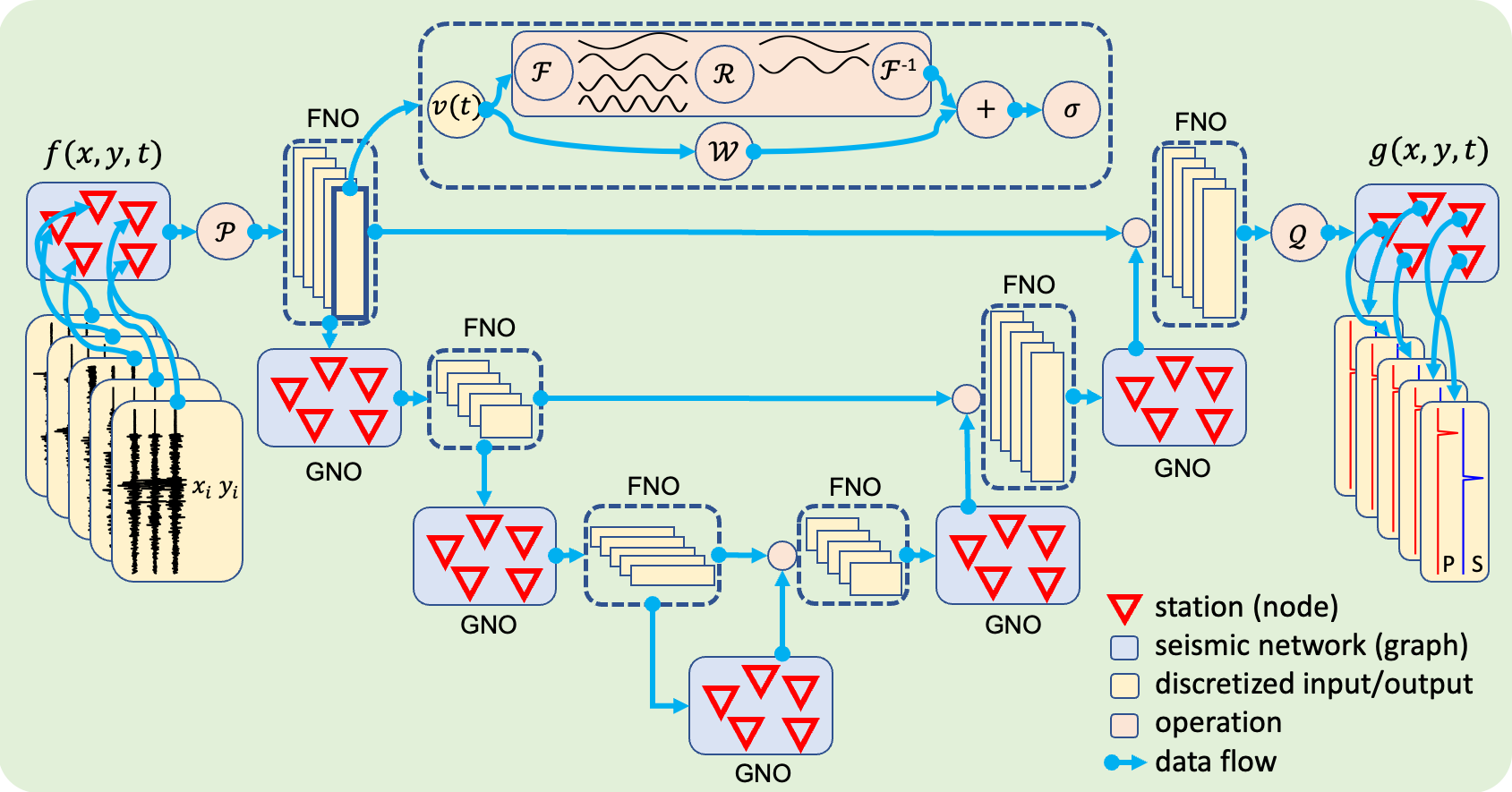
Real-world applications
Over the past year, PhaseNO has undergone rigorous evaluation on real-world seismic datasets, benchmarked against state-of-the-art phase-picking methods. We applied the PhaseNO trained on the Northern California Seismic Network to the Southern California Seismic Network. PhaseNO detects an additional 4,428 events than PhaseNet for the 2019 Ridgecrest earthquake sequence, a challenging dataset due to the overlap of numerous events.
Figure 2 shows an example of one additional event detected by PhaseNO, which is hidden in the waveforms of the larger event. The results underscore its superior performance in detecting a greater number of earthquakes, picking numerous phase arrivals, and substantially improving measurement accuracy.
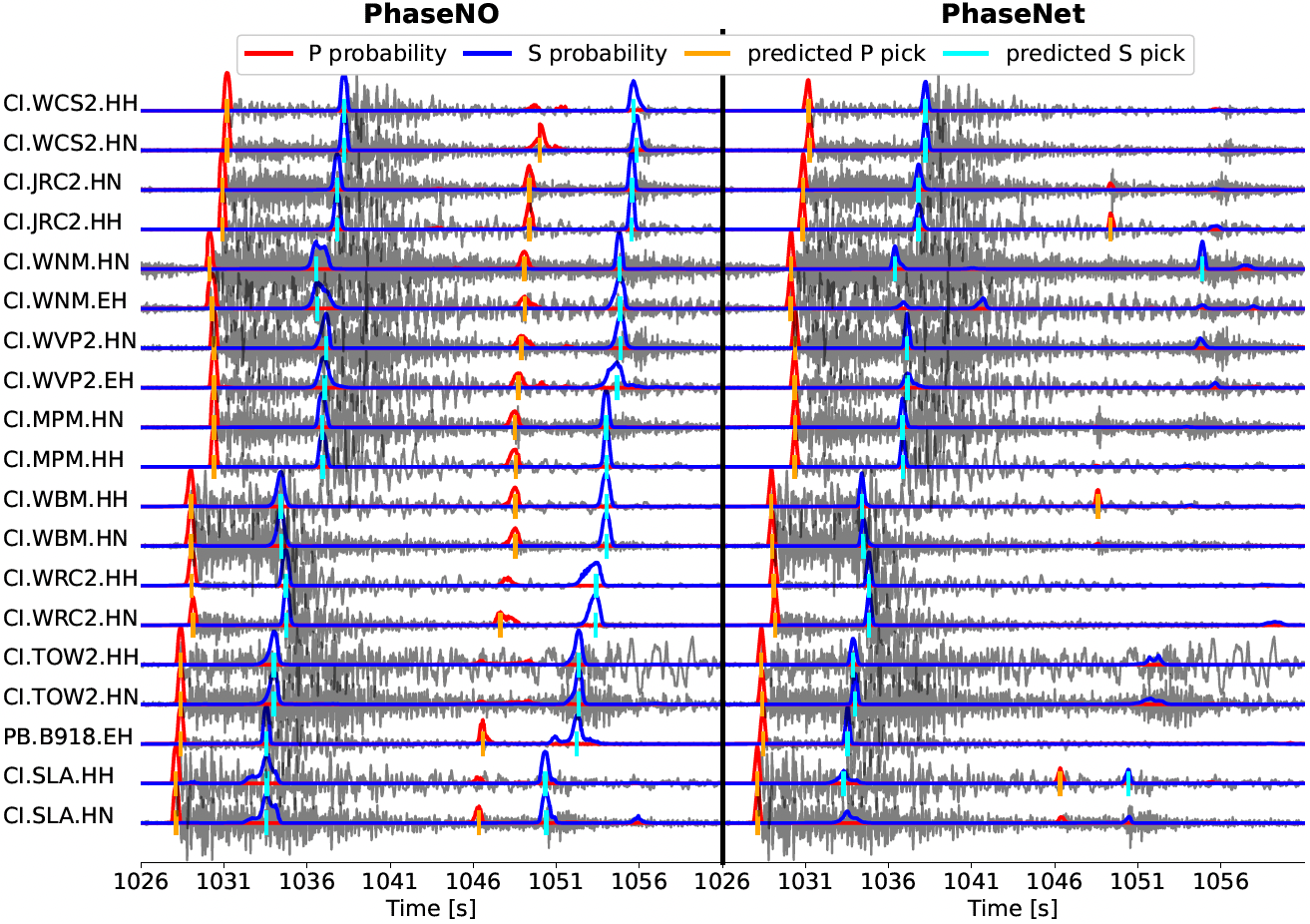
The future of seismic monitoring
PhaseNO has emerged as a beacon of progress in seismic monitoring. The success of the algorithm exemplifies the intersection of advanced machine learning techniques and seismic monitoring, laying the groundwork for refined earthquake monitoring systems. Its nuanced approach, blending temporal and spatial considerations through neural operators, offers a glimpse into the future of earthquake seismology. We look forward to the continued evolution of PhaseNO and its enduring positive impact on seismic monitoring systems.
To try the pretrained PhaseNO model, visit PhaseNO on GitHub. And join us for our upcoming presentation at the American Geophysical Union Annual Meeting 2023.

